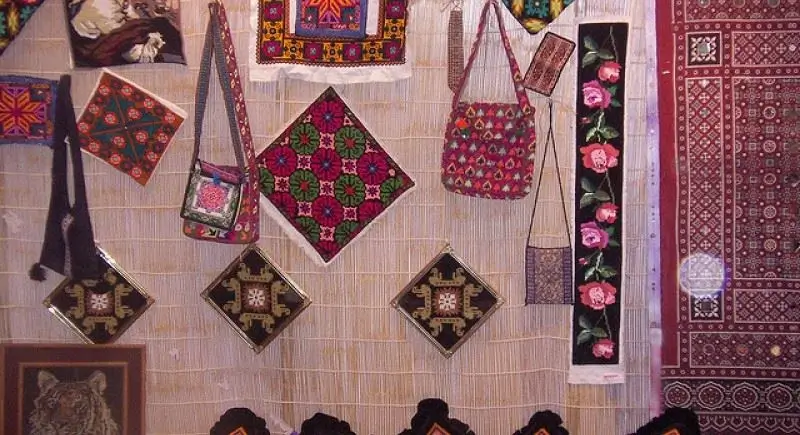Nestled in the lap of the Karakoram, Gilgit-Baltistan is not only celebrated for its mesmerizing landscapes but also for its rich cultural heritage. The region is a treasure trove of local art and handicrafts, which offer a glimpse into the indigenous traditions, craftsmanship, and artistic skills that have been passed down through generations. In this blog, we’ll explore the captivating world of local art and handicrafts in Gilgit-Baltistan.
Craftsmanship and Cultural Significance:
The art and handicrafts of Gilgit-Baltistan hold immense cultural significance. The intricate designs, vibrant colors, and remarkable techniques tell the stories of the region’s diverse communities. Whether it’s the finely detailed woodwork or the colorful embroidery, each piece of craftsmanship reflects the identity of the people who create them.
Traditional Art Forms:
- Woodwork: Gilgit-Baltistan boasts some of the most exquisite woodwork in the world. Local artisans carve intricate designs on furniture, doors, and windows. Each piece is a testament to the deep connection between the people and their surroundings.
- Handwoven Textiles: The region is famous for its handwoven textiles, including shawls, rugs, and carpets. These textiles often feature traditional patterns and motifs, each with its unique symbolism.
The Importance of Preservation
As globalization and modernization continue to influence the region, there is a growing need to preserve these traditional art forms. Many organizations and local artisans are working tirelessly to ensure that these crafts continue to thrive. By supporting local artisans and purchasing their products, visitors can contribute to the preservation of these valuable traditions.
Where to Discover Local Art and Handicrafts:
- Local Markets: Explore bustling bazaars and markets in towns like Gilgit, Hunza, and Skardu to discover an array of handcrafted items. You can buy directly from artisans or local shops.
- Craft Centers: Many craft centers and cooperatives in the region offer a wide range of authentic, handmade crafts. These centers often educate visitors about the processes and cultural significance of the products.
- Museums: Some local museums feature exhibitions that showcase the history and significance of local art and handicrafts. These exhibitions are a great way to learn more about the cultural heritage.
Bringing Home a Piece of Gilgit-Baltistan:
By purchasing local art and handicrafts, visitors can take home not only beautiful souvenirs but also a piece of the region’s culture and history. These items make for meaningful gifts and cherished mementos of your journey through Gilgit-Baltistan.
The local art and handicrafts of Gilgit-Baltistan are not just products; they are living embodiments of culture, heritage, and artistry. Supporting local artisans and exploring the world of traditional crafts is not only a delightful experience for travelers but also a way to help preserve these unique traditions for future generations. Your journey through Gilgit-Baltistan is incomplete without immersing yourself in the colors, textures, and stories of its local art and handicrafts.


0 Comment